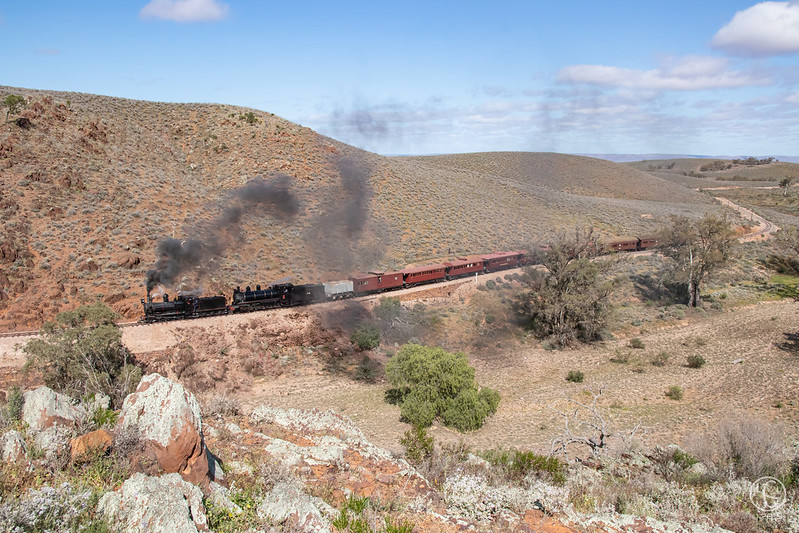“My understanding is that you fill your loco up with coal and water, light a fire and once everything is hot and pressurised away you go. The steam passes through several expansion stages then is blown up the spout to make the fire draw. Is that correct?”
Indeed it is. The rest, however, is flawed (In attempting to explain why, I’ll leave aside the matter of steam turbines, which rely on condensing the exhaust steam for several reasons not directly associated with heat recovery).
A thermodynamicist could explain this in terms of Joules or Btu’s or whatever but, basically, most of the energy used in creating steam is expended not in raising the temperature of the water to its boiling point, but in effecting the transition between the liquid and the solid state. To be specific, the amount of energy needed to change the state of water from a liquid to gas is 540 times the amount of energy needed to raise the temperature of the same amount of water by 1 degree Celsius. We are not simply talking about the difference between 99.9 and the 100 degrees your kettle boils at either; water boils at a higher temperature the greater the pressure; at the working pressure of a typical steam boiler you would be looking at nearer 200 deg C. Once the steam has done its work by expanding in the cylinders its temperature will be almost halved, so it isn’t just a matter of “topping up” the heat of the water back to its boiling point either; by the time you have condensed the by now unpressurised steam, its temperature must be below 100 deg C, so the energy saved by condensing and re-using the exhaust steam cannot exceed the energy which would have been required to raise the water temperature from ambient to 100 deg C; a relatively small gain which generally wouldn’t justify the additional cost not only of providing, but also maintaining, a suitable condensing arrangement.
Using exhaust steam to heat the feed water has been tried with varying degrees of success over the years but, in an age where coal was cheap, it was generally not considered worth the extra cost. To quote from a Wikipedia article about British Railways 9F class locomotives so fitted: “The Crosti preheaters provided less improvement than had been expected, and were a problem for maintenance, owing to acidic fluegases condensing in the feedwater heater and causing corrosion. All were converted back to a more standard form within a few years...”
If you are really bored, there is an in depth paper on the subject of feed water heating here:
https://www.gutenberg.org/files/22657/2 ... ating.html
Back to topic: Without going into the reasons why salt water is undesirable in a steam boiler, suffice to point out that railway locomotives can readily access supplies of fresh water to replenish their boilers whereas ships cannot, hence it is desirable in a marine application to condense the exhaust steam when the alternative would be to carry, or create by evaporating salt water, enough fresh water to supply the boilers for an entire voyage.
Then there are considerations of the size and weight of the condensing apparatus; a locomotive is much more constrained than a ship in this regard, especially as a ship can use a water to water heat exchanger, whereas a locomotive must use a water to air exchanger which is about one quarter as efficient and (trust me on this or look it up if you will), in order to get rid of sufficient heat has to be HUGE. (incidentally, difficulty in making these work efficiently has dogged just about every attempt to build a successful steam turbine locomotive).
After all that, I suppose I really ought to sign off with as a geek.....

